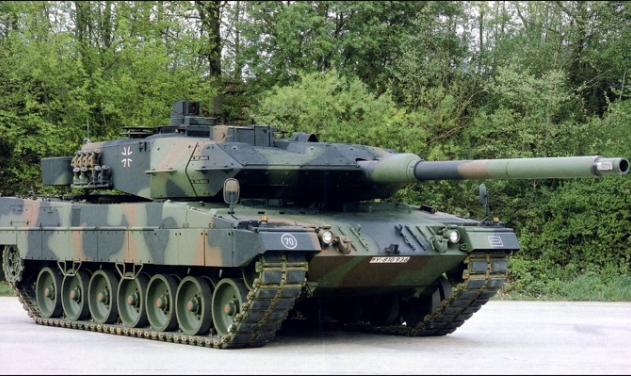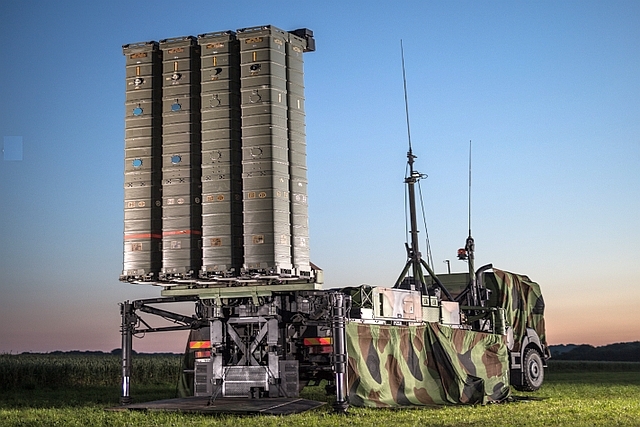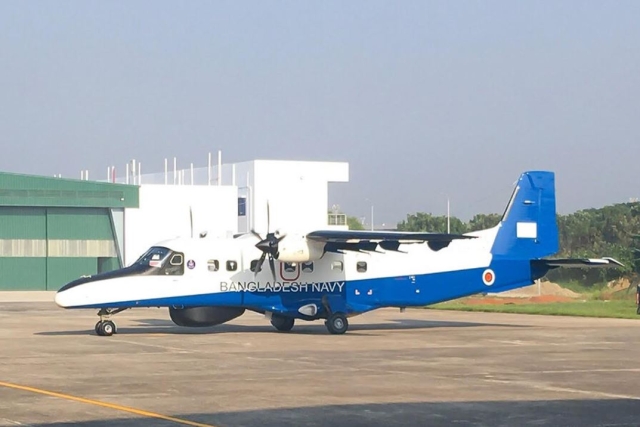Sikorsky's Matrix Technology Program Begins Second Phase
Sikorsky Aircraft's Matrix Technology autonomy research program has progressed to the second phase of flight test activities with the installation of advanced sensors to allow the Sikorsky Autonomy Research Aircraft (SARA) to conduct real-time perception work.
Sikorsky's Matrix Technology program has set rigorous key performance parameters this year including demonstrating safe flight in obstacle-rich environments, shipboard and brownout condition landings.
SARA – an S-76 commercial helicopter outfitted with Fly-By-Wire controls – will be able to demonstrate autonomic site-selection and landing with this new sensor equipment. This is a key objective of the program as it proceeds toward higher levels of enhanced autonomy to include optionally piloted and fully dedicated autonomous vehicles. As a flying test lab, SARA will enable rapid flight testing of software and hardware, including multi-spectral sensors, previously integrated in the systems integration labs at Sikorsky's headquarters. When not in flight, SARA can be configured as its own simulator to develop and test autonomy software and hardware.
With the launch of Phase 2, the SARA demonstrator was modified with a datalink and multi-spectral sensor package that allows it to demonstrate perception and sensor-in-the-loop flight.
"Reliability and precision control were the key objections of Phase 1. With the launch of Phase 2, SARA's 'got eyes'," said Igor Cherepinsky, Chief Engineer for Sikorsky's Autonomy Program. "The sensors allow her to fly at full speed, avoid obstacles, select landing zones, and do other tasks that are perceptually intensive. All of these are objectives of the Matrix Technology program as we move toward evolving SARA's abilities to understand and see the world in all sorts of conditions."
SARA flew its first flight on July 26, 2013. The Matrix program completed Phase 1 in late 2013, during which the demonstrator flew a full autonomous mission that demonstrated it can take off from an airport, fly a pattern, and return to the airport. The flight was done without sensors in the loop.
"Sikorsky continues to mature this next-generation suite of autonomy technologies within its Matrix Technology program. We are demonstrating this technology on multiple platforms including our S-76 SARA Demonstrator," said Mark Miller, Vice President of Research & Engineering. "Reducing pilot workload and delivering order-of-magnitude improvements in system intelligence and contingency management will ensure high levels of reliability and safety, and ultimately make unmanned missions by helicopters and VTOL aircraft affordable."
Matrix Technology is an architecture of software and hardware components, or "apps", that enable autonomous execution of complex missions in close proximity to obstacles at a new level of system reliability. With a focus on system intelligence, Matrix Technology combines best practices from high reliability man–rated software processes and system design with innovative autonomy-focused applications to enable cost-effective and reliable autonomous capability for complex missions in challenging environments. Designed to be platform independent, MATRIX technologies can be readily applied to benefit Sikorsky unpiloted or piloted vehicles as well as vehicles not originally designed by Sikorsky.
Matrix Technology addresses four fundamental challenges including Low altitude, obstacle rich autonomous flight, Multi-level contingency management to achieve a needed 100X improvement in levels of system reliability, A path to qualification or certification, and Lifecycle cost reduction.
The Matrix Technology program is led by Sikorsky Innovations, the same rapid prototyping organization that in 2010 proved the physics of efficient 250-knot flight in a rotorcraft with the X2 Technology Demonstrator program.
"Sikorsky's Matrix Technology program has set rigorous key performance parameters through the end of 2014, including demonstrating safe flight in obstacle-rich environments, shipboard and brownout condition landings. Beyond 2014, we'll continue to tackle new challenges and address customer requirements that further advance autonomy capability for VTOL aircraft," said Chris Van Buiten, Vice President of Sikorsky Innovations.










